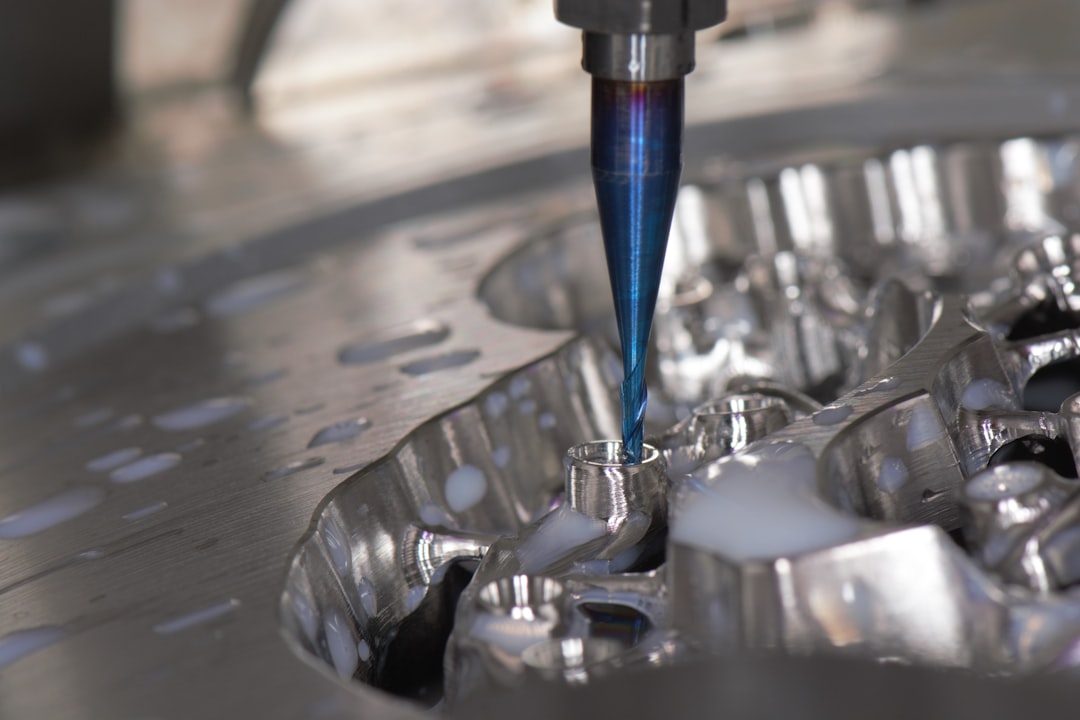CNC machining, short for Computer Numerical Control machining, is a precise and efficient manufacturing process that utilizes computer-controlled machines to produce intricate parts and components. With the rise of technology and automation in the manufacturing industry, CNC machining has become a preferred method for creating high-quality products with minimal human intervention. In this beginner’s guide to CNC machining, we will explore the basics of this innovative process, its benefits, and how you can get started with your own CNC projects.
What is CNC machining?
CNC machining is a manufacturing process in which computer-controlled machines use pre-programmed software to shape and cut materials such as metal, plastic, wood, and composites into precise and complex shapes. These machines are equipped with various tools, such as drills, lathes, mills, and grinders, that can be programmed to execute specific actions with high accuracy and repeatability.
The key advantage of CNC machining is its ability to produce parts with tight tolerances and intricate designs that would be impossible to achieve with traditional manual methods. By using CAD (Computer-Aided Design) software, designers can create detailed 3D models of their parts and then generate a set of instructions that the CNC machine will follow to fabricate the final product.
CNC machining is a versatile process that can be used for a wide range of applications, including prototyping, production manufacturing, and custom tooling. Its flexibility and precision make it a popular choice for industries such as aerospace, automotive, medical devices, and consumer electronics.
Benefits of CNC machining
There are several benefits to using CNC machining for your manufacturing needs:
– Precision: CNC machines can achieve tolerances of up to +/- 0.001 inches, ensuring that your parts are accurate and consistent.
– Efficiency: CNC machines can run continuously without the need for human intervention, reducing downtime and increasing productivity.
– Flexibility: CNC machines can easily switch between different tools and materials, making them ideal for producing a variety of parts.
– Cost-effectiveness: While the initial investment in a CNC machine may be high, the long-term savings in labor and material costs can make it a cost-effective solution for manufacturing.
Getting started with CNC machining
If you are new to CNC machining, there are several steps you can take to get started with this exciting technology:
1. Learn the basics: Familiarize yourself with the principles of CNC machining, including how CNC machines work, the types of tools and materials you can use, and the software used to program CNC machines.
2. Acquire the necessary tools: To start CNC machining, you will need access to a CNC machine, as well as CAD software for designing your parts. You may also need cutting tools, workholding devices, and safety equipment.
3. Choose the right software: There are many CAD/CAM software packages available for programming CNC machines, such as AutoCAD, SolidWorks, and Fusion 360. Choose a software that suits your needs and budget, and start practicing with it to become proficient.
4. Design your parts: Create detailed 3D models of your parts using CAD software, and generate toolpaths that the CNC machine will follow to fabricate your parts. Pay attention to factors such as material selection, tool size, cutting speeds, and feeds to optimize the cutting process.
5. Set up the CNC machine: Once you have your design and toolpaths ready, set up the CNC machine by loading the necessary tools and materials, securing the workpiece in place, and inputting the program into the machine.
6. Run the program: Press the start button on the CNC machine to begin the machining process. Monitor the machine for any errors or malfunctions, and make adjustments as needed to ensure a successful outcome.
Tips for success in CNC machining
To maximize your success in CNC machining, consider the following tips:
– Practice makes perfect: Like any skill, CNC machining requires practice and patience to master. Start with simple projects and gradually work your way up to more complex designs as you gain experience.
– Take safety precautions: Always wear appropriate safety equipment, such as goggles, gloves, and ear protection, when operating CNC machines to prevent injuries.
– Maintain your tools: Regularly inspect and maintain your cutting tools to ensure they are sharp and in good condition. Dull or damaged tools can result in poor surface finishes and inaccurate dimensions.
– Stay organized: Keep your work area clean and organized to prevent accidents and minimize downtime. Store tools, materials, and equipment in designated areas to make them easily accessible when needed.
Conclusion
CNC machining is a powerful and versatile technology that has revolutionized the manufacturing industry. By harnessing the precision and efficiency of computer-controlled machines, manufacturers can produce high-quality parts with minimal human intervention. Whether you are a hobbyist or a professional looking to expand your skills, CNC machining offers a wealth of opportunities for creating innovative and complex products. With the right tools, software, and knowledge, you can unlock the full potential of CNC machining and bring your ideas to life. So, roll up your sleeves, dive into the world of CNC machining, and let your creativity soar!


